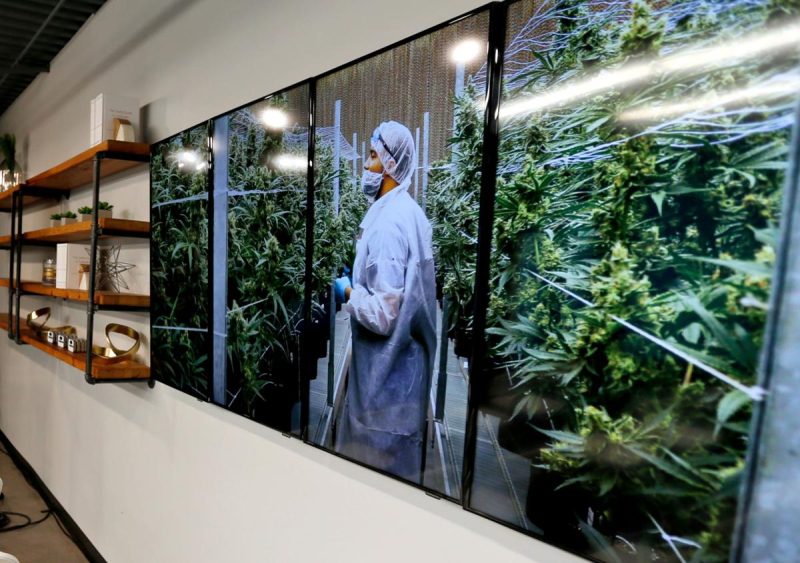By Anthony Hennen | The Center Square
(The Center Square) – The Pennsylvania Department of Health released its annual report on the state’s medical marijuana program and is asking for more funding to subsidize patients who can’t afford medical marijuana.
Medical marijuana has been legal since 2016 in Pennsylvania and is approved for residents of the commonwealth with a “serious medical condition” and who get certified by a doctor registered with the program.
The program is overseen by a Medical Marijuana Advisory Board and patients with one of 23 medical conditions qualify.
Currently, 23 growers/processors hold permits and are operational, according to the report. The commonwealth has 161 active dispensary sites that sell medical marijuana.
As of May, 61.6 million products have been sold since the program’s inception. Growers and dispensaries are subject to regulatory inspections from the Department of Health, which has conducted about 1,600 inspections.
Penalties can be steep: A violation can lead to “suspension or revocation of operating permit, civil penalties of up to $10,000 for each violation, order of restitution of funds or property unlawfully obtained or retained, or issuance of a cease-and-desist order of some or all operations,” the report noted.
The commonwealth has approved about 1,800 physicians to certify patients, and they have approved almost 1.1 million patients since the program started, the report noted.
While the report doesn’t recommend any major changes, the most significant request is a recommendation to make more funds available to help low-income patients with the costs of medical marijuana.
Given marijuana’s prohibition as a Schedule I substance on the federal level, access can be an issue. Health insurance policies do not cover marijuana purchases, and the Department of Health uses a Medical Marijuana Assistance Program to subsidize patients who “demonstrate a financial hardship,” the report noted.
Currently, the department uses funds from the assistance program to subsidize ID card fees and background check fees. The next step, the report noted, is “assisting patients with paying for their medical marijuana products at the point of sale.”
Funding for the MMAP comes from a tax on growers/processors, but only 15% of the tax goes for financial assistance. The rest of the revenues go to research, operating expenses of the medical marijuana program, local police departments, and drug use prevention.
“The 15% that has been allocated for MMAP, unfortunately, will do little to subsidize the needs of our most vulnerable patients who demonstrate financial hardship,” the report noted. “The Department hopes to be able to offer substantial assistance to as many patients as possible.”
To do so, the department recommended changing the law so the 30% of funds that currently go to research instead go to subsidizing patient costs. That change would dedicate 45% of the tax revenues for MMAP use instead of the current 15%.
“A total of 45% of the fund would help tremendously in ensuring the needs of qualifying patients are met,” the report noted.
